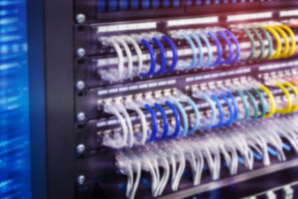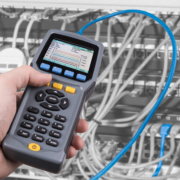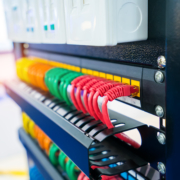What Is Structured Cabling?
______________________________________________________________
What is Structured cabling? With technology rapidly evolving and improving by the day, the demand for suitable network cabling is higher than ever. Structured cabling allows all linked hardware to work over a common data cabling system. For example, phone, computer, CCTV, audio visual, access control and building management system. Structured cabling allows a company to enjoy consistent and predictable performance. In addition, it improves system accessibility and streamlines your cabling infrastructure. It also simplifies fault finding which allows quick replacements for errors.
Benefits Of Structured Cabling
Future cost
In today’s competitive business world, having a versatile IT system that is adaptable and quick to respond to industry changes is critical. Particularly if you wish to retain existing clients and continuously acquire new ones. Companies need a data centre that supports the quick and easy development of the new services. Structured cabling will ensure your network infrastructure remains up to date with the ability to support all emerging applications as your business expands.
Flexibility and Simplicity
Structured cabling systems provide an enhanced level of flexibility and simplicity for your business. With structured cabling, office moves and relocation are made easier due to the reduced time required for installation. Furthermore, the adaptability provided by structured cabling make changes and adds to your office system a seamless process.
Fault finding
Traditional or unorganised cabling structures are likely to cause network downtime and workflow disruptions. The complexity of these methods make it difficult to locate an error within your system. With structured cabling, troubleshooting is made easier because all data cabling goes to a central point. The linking together is done through the same switches within the same cabinets. In conclusion this makes it easier to identify and rectify faults within the office.
Hazards in the workplace
Reduce health & safety hazards in the workplace – unlike traditional cabling. Structured cabling minimizes the number of loose wires in an office. Therefore, reducing the likeliness of an employee tripping over the wires.
Cabling Categories
Cat 5
Cat 5 cable is a twisted pair cable for computer networks (usually 4 pair). This high-performance cable has a twisted pair conductors which are commonly used for data transmission. Available since 1995 Cat 5 cabling is usually used for ethernet networks running at 10/100Mbps over 100 metres. Over the years improvements have been made to this cable. The latest version is known as Cat 5e. Performance is slightly raised in the new standard for example, Cat 5e boasts less noise and crosstalk which in return delivers better data transmission.
Cat 6
The 6th generation of twisted pair ethernet cabling is also known as Cat 6, this cable can be found in homes and business networks. Launched in 2002 Cat 6 cabling has copper wires which are tightly wound up in comparison to Cat 5. In addition, this allows the cable to deliver a better performance with gigabit Ethernet transmissions at distances of 100M. Lastly, Cat 6 is backward compatible with Cat 5 & Cat 5e.
Cat 7
With a thicker shielding than Cat 5 and Cat 6 cabling, Cat 7 cables offer a better bandwidth and speed when it comes to data transmission. Unlike the previous cable Cat 7 can easily reach speeds of up to 100GBs/second in a range of 15 metres. 40GBs/second at 50 metres. Similar to Cat 6, Cat 7 is also backwards compatible with its predecessors.
For additional electrical articles please visit our main BLOG page here





